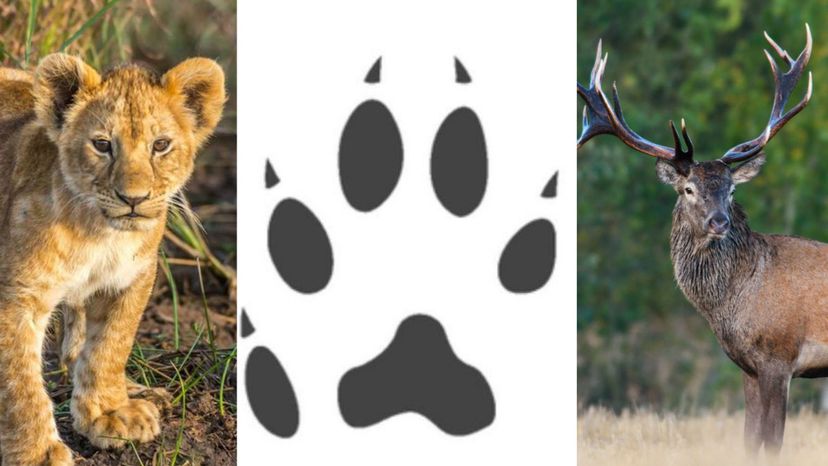
About This Quiz
On a hike through the woods, you look down at the ground and notice a track. Do you know what animal it belongs to?
Each species in the world has its own unique track. While some may look similar, there are defining factors that can help you determine exactly what animal made it. Similar tracks may differ in size or pattern, among many other factors. Can you tell a deer track from a moose track, for example?
Think you know the animals in your backyard? What about the ones across the world? It could be easier than you think! This quiz covers animals from all around the world. Think of the animal's paw or hoof and use that to imagine what its track might look like.
Do you know what the track of a wolf looks like? What about the track of a lion? Maybe you know your big cats and wild dogs, but can you identify the track of a hippo? All kinds of different species, including birds, deer and reptiles, will show up on this quiz!
Knowing your animal tracks is not only interesting, but also useful! There are many things that you can tell by simply looking at a track, such as the type of animal, the direction it was going and how many there were. So, if you think you're an animal track expert, take this quiz to find out!
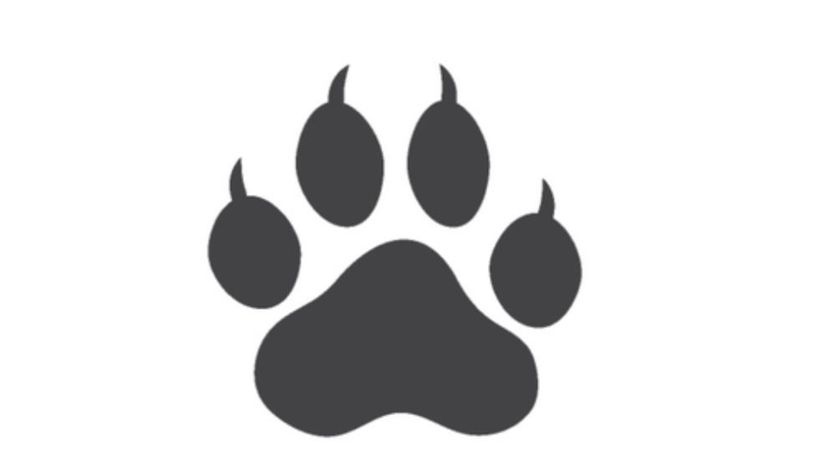
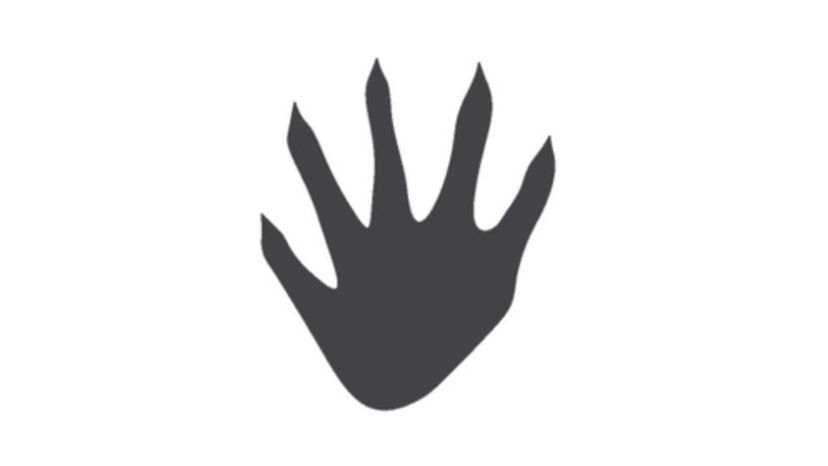
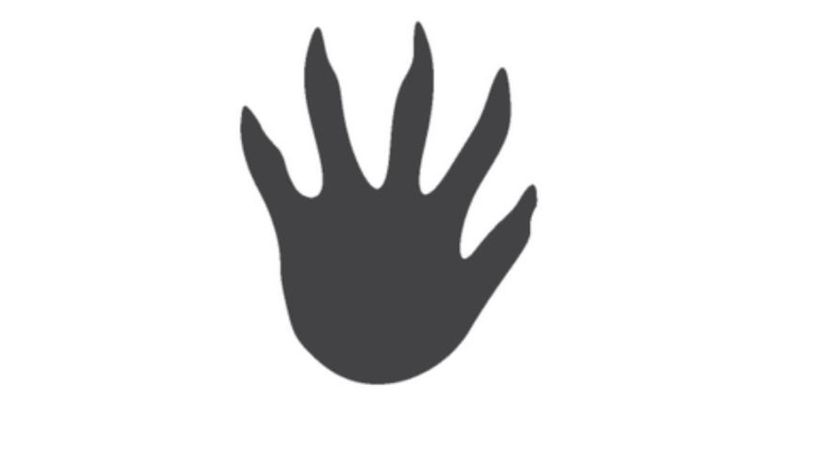
Advertisement
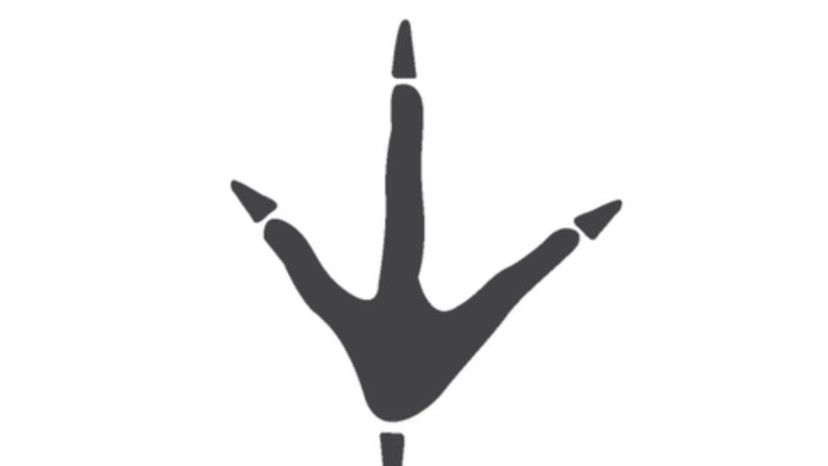
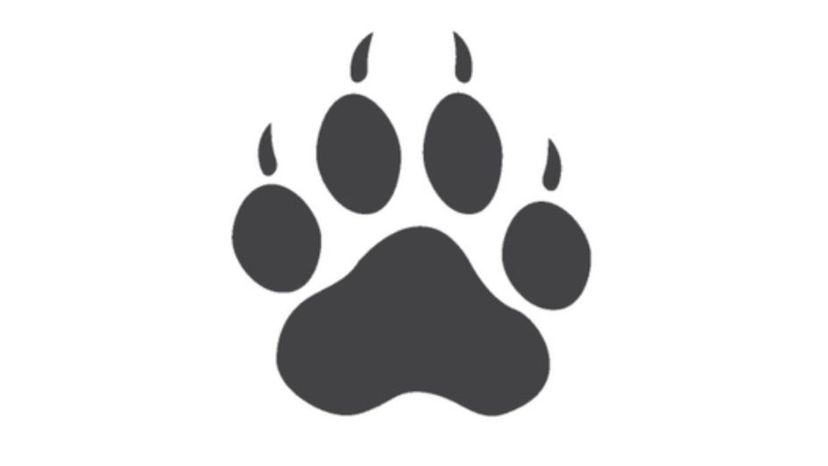

Advertisement

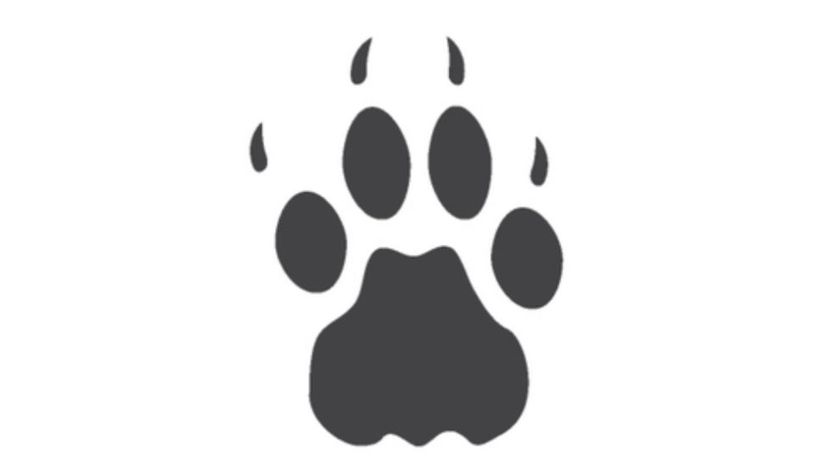
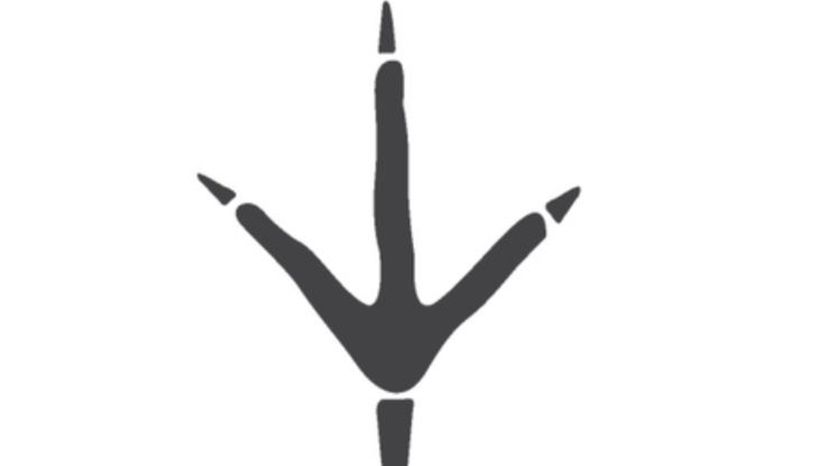
Advertisement
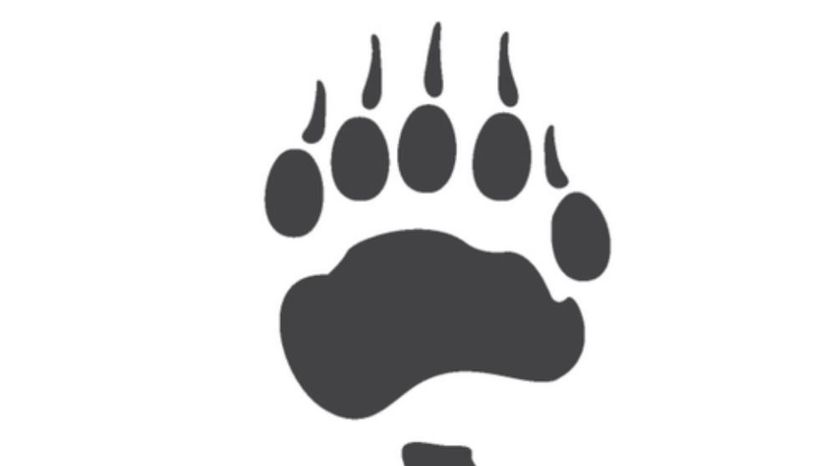


Advertisement
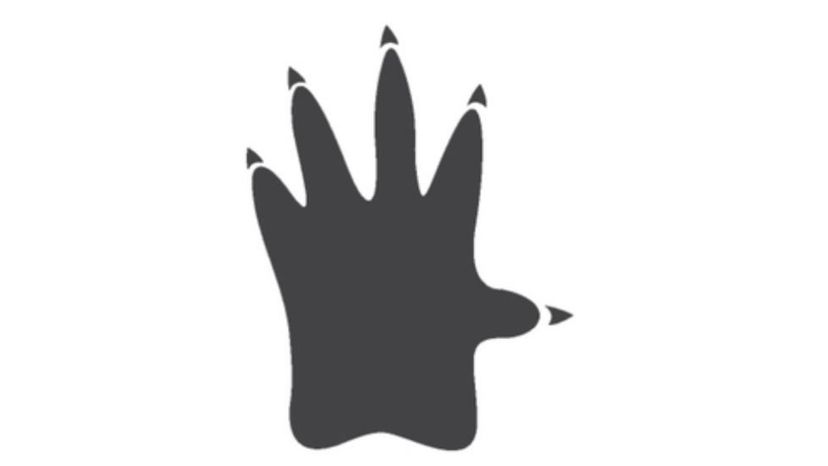
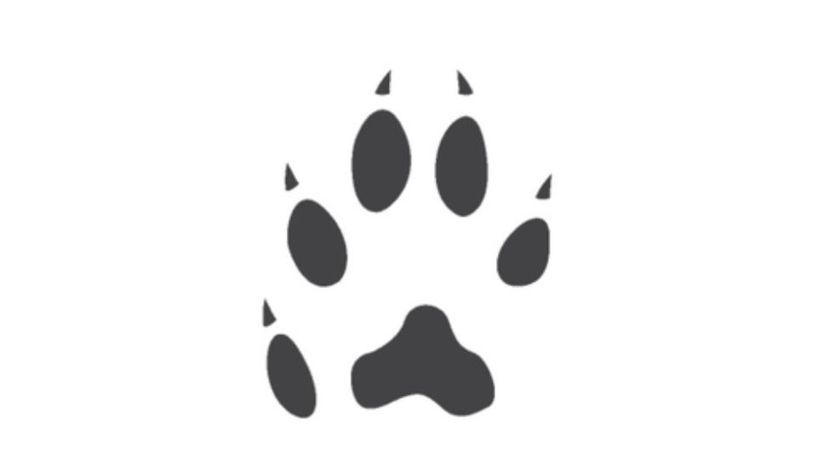
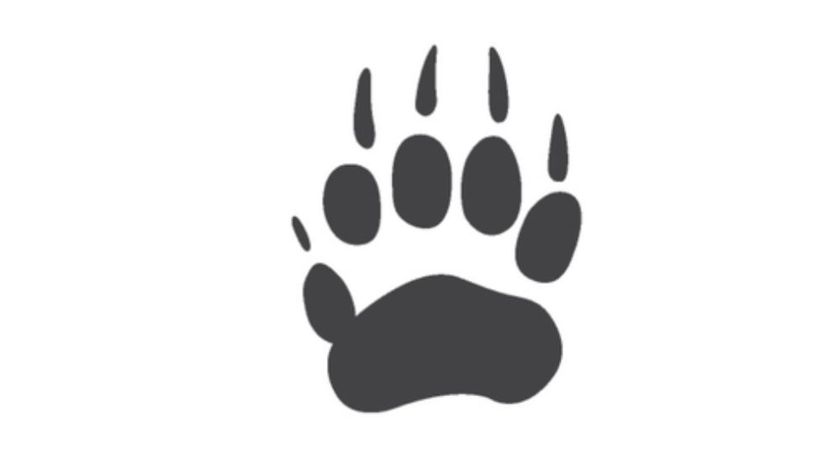
Advertisement
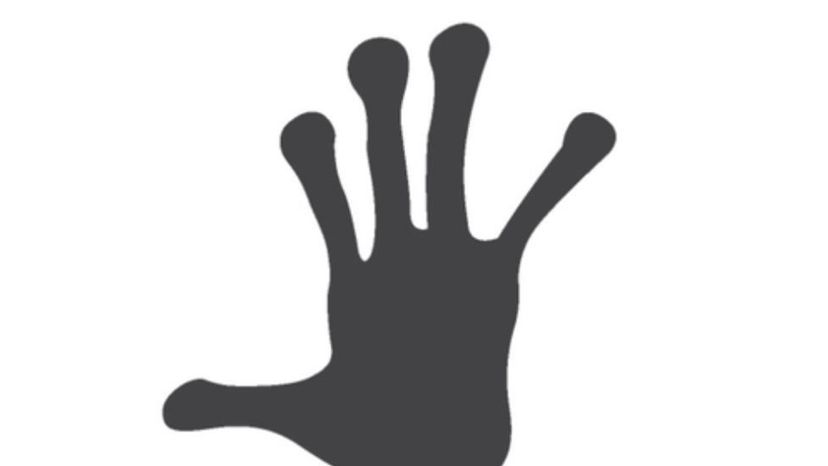
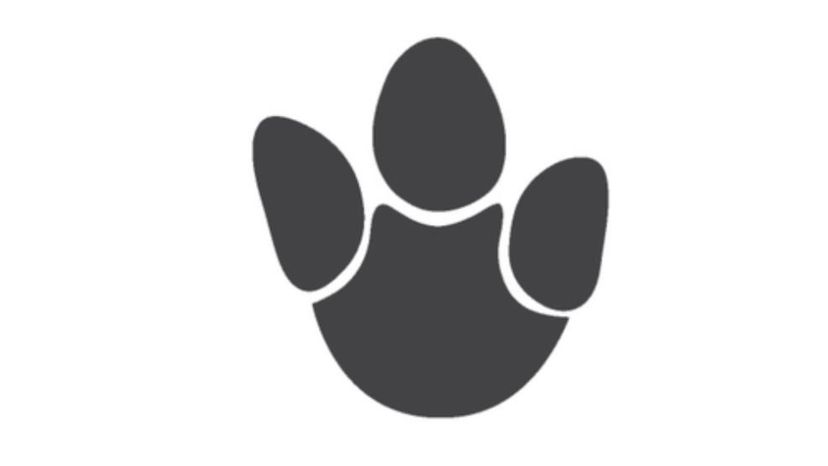

Advertisement

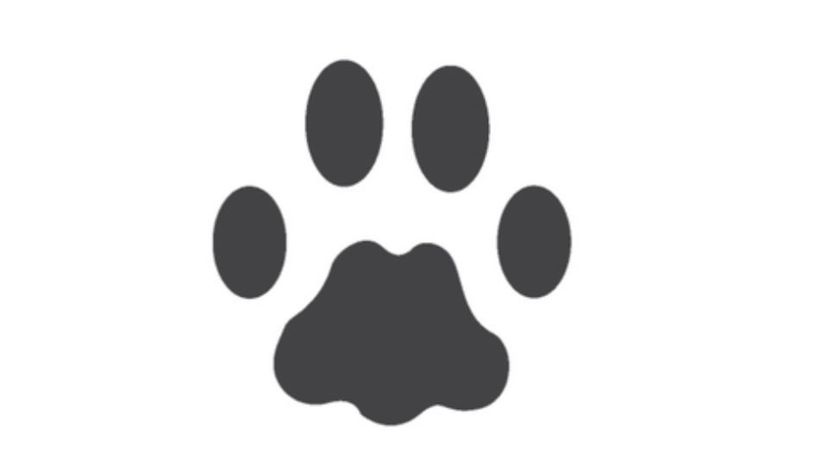

Advertisement
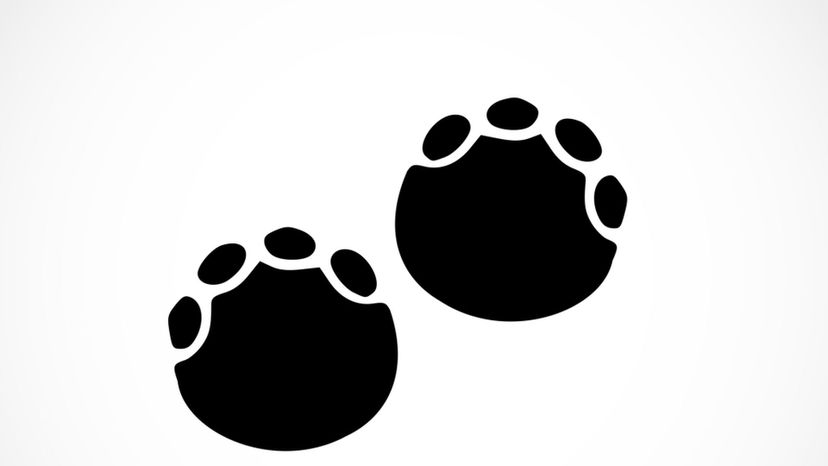
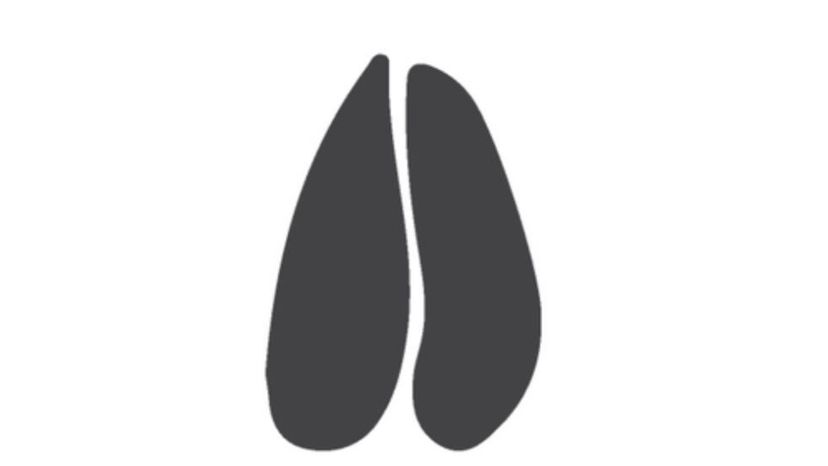
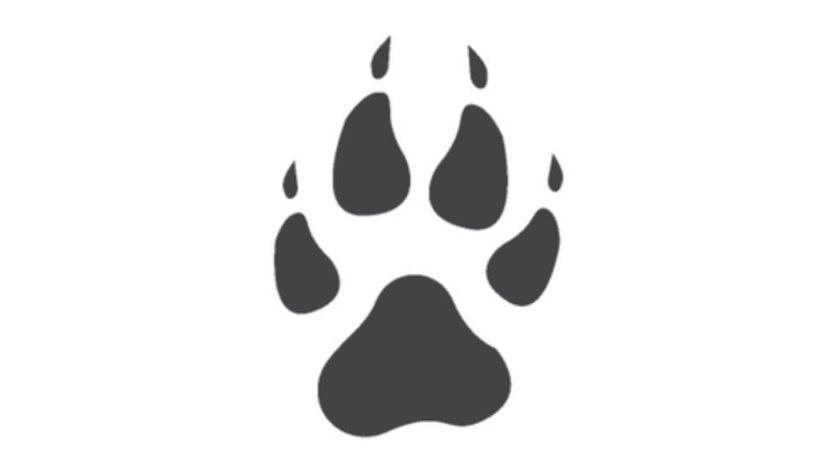
Advertisement
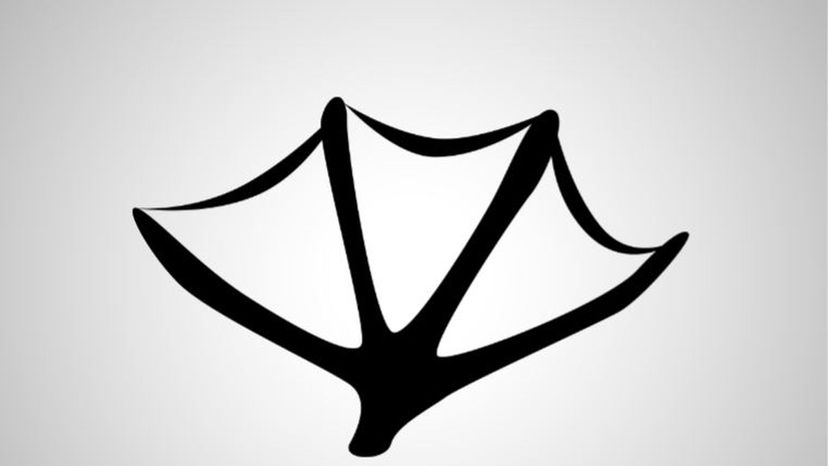
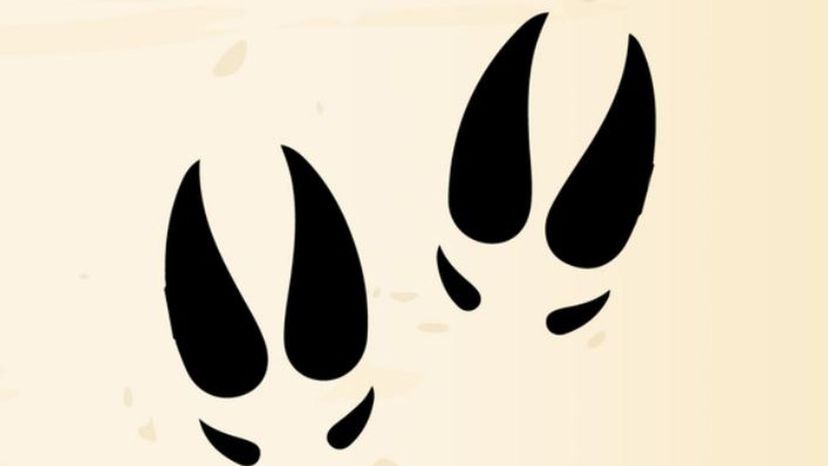

Advertisement
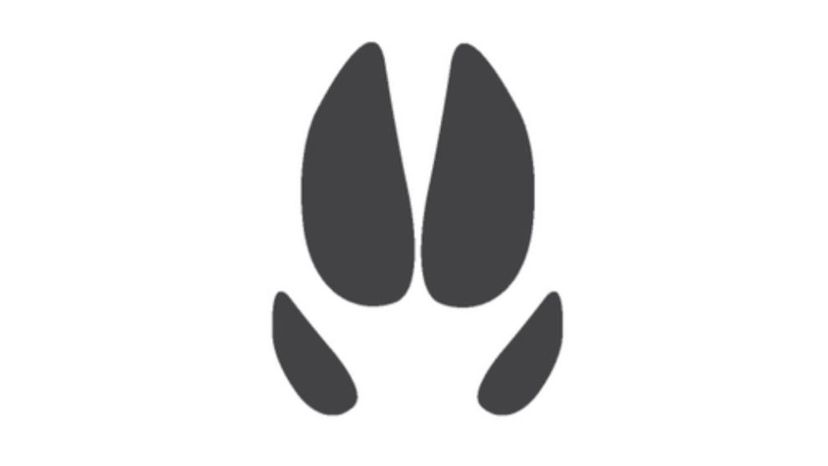
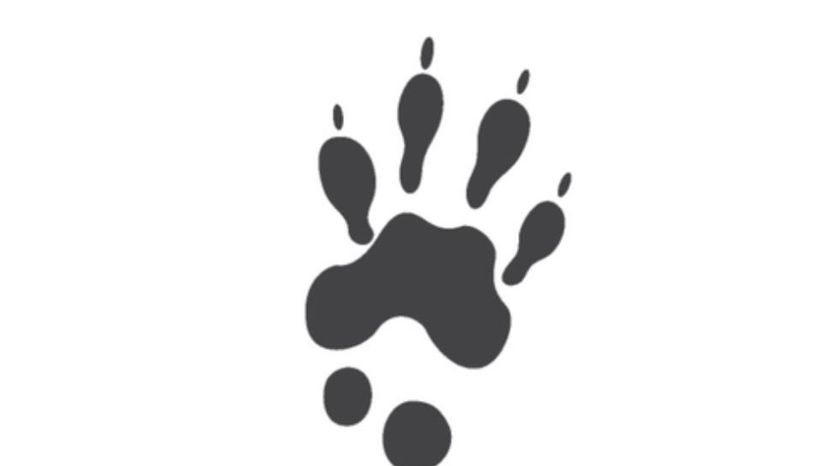
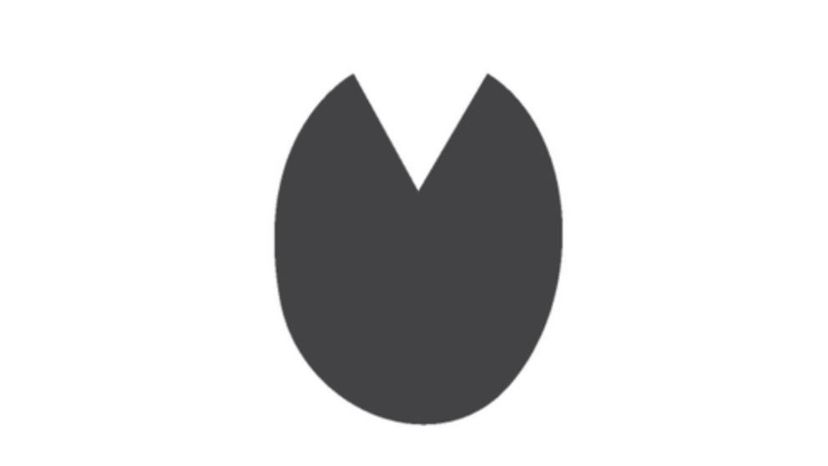
Advertisement
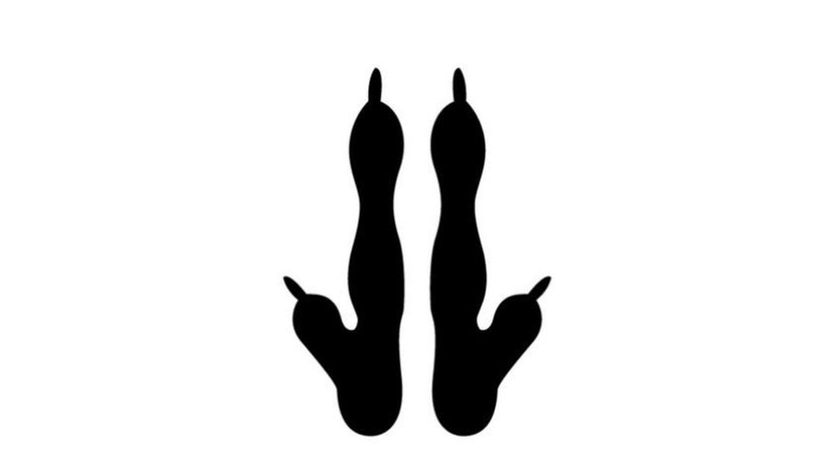
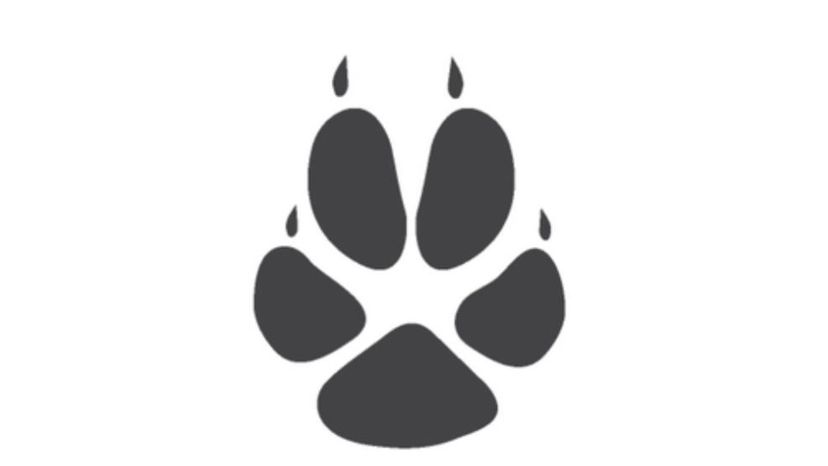
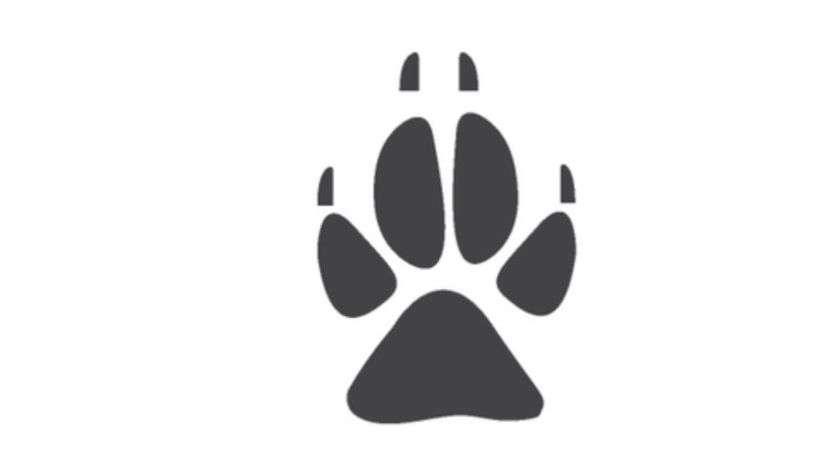
Advertisement
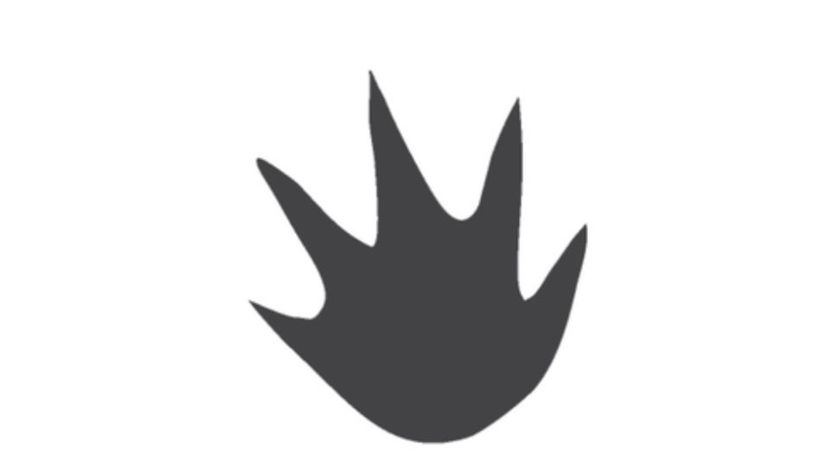
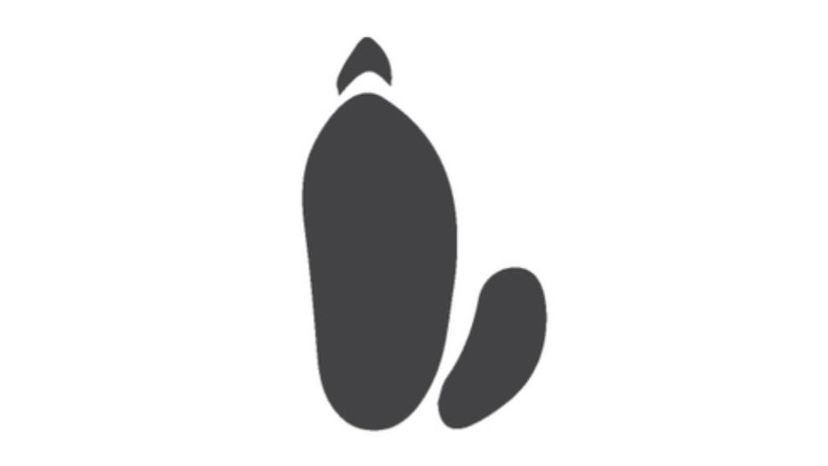

Advertisement
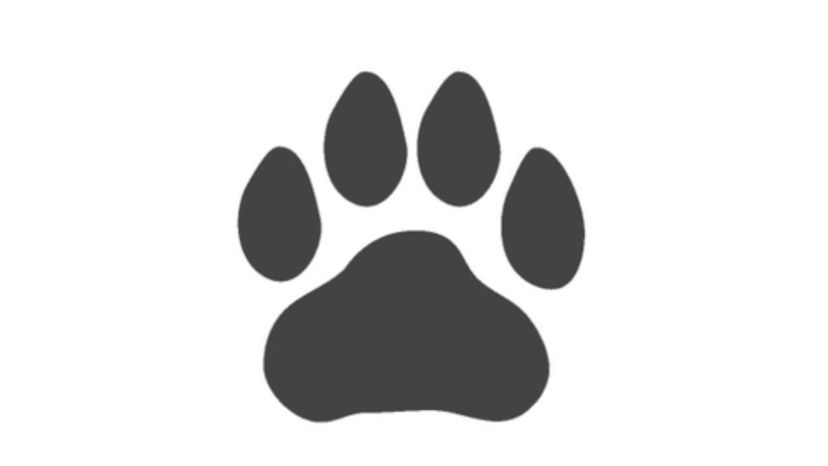
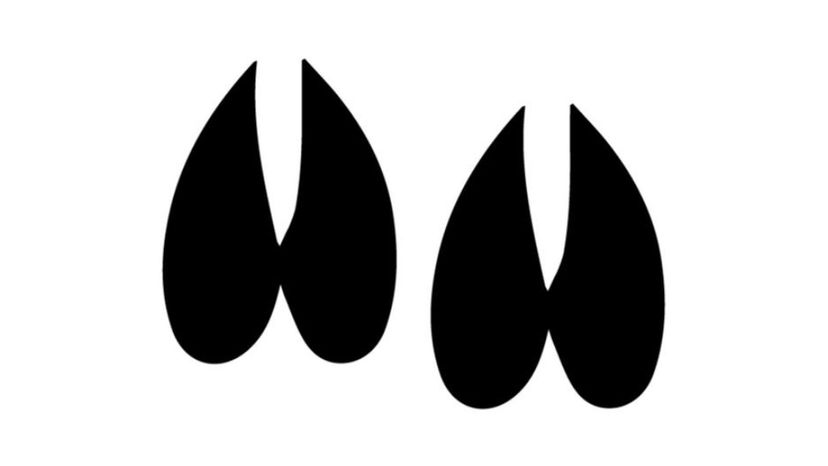
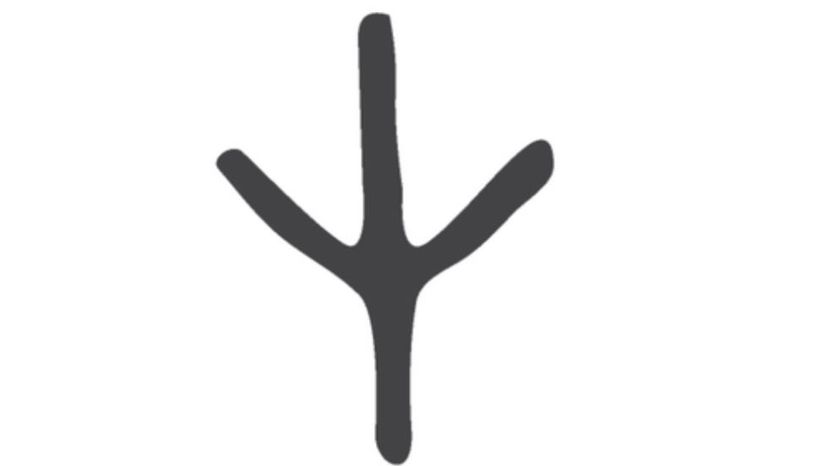
Advertisement
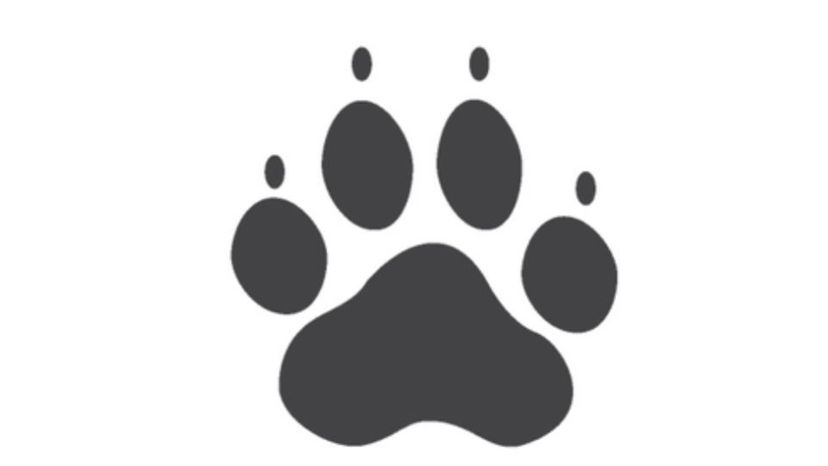
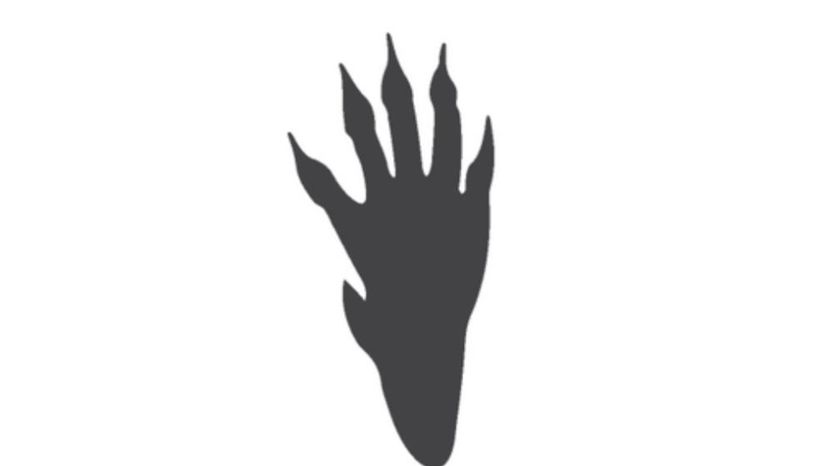
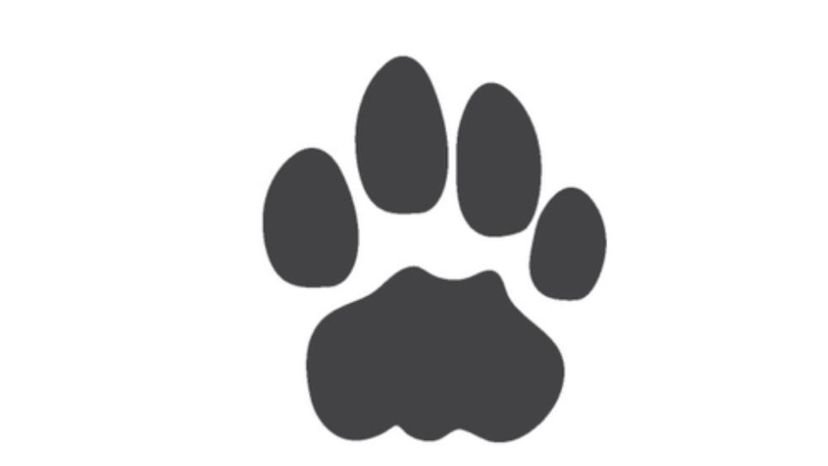
Advertisement


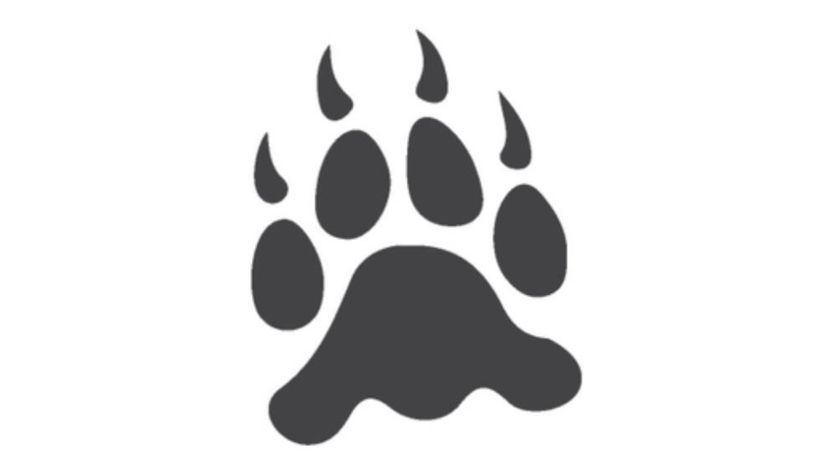
Advertisement

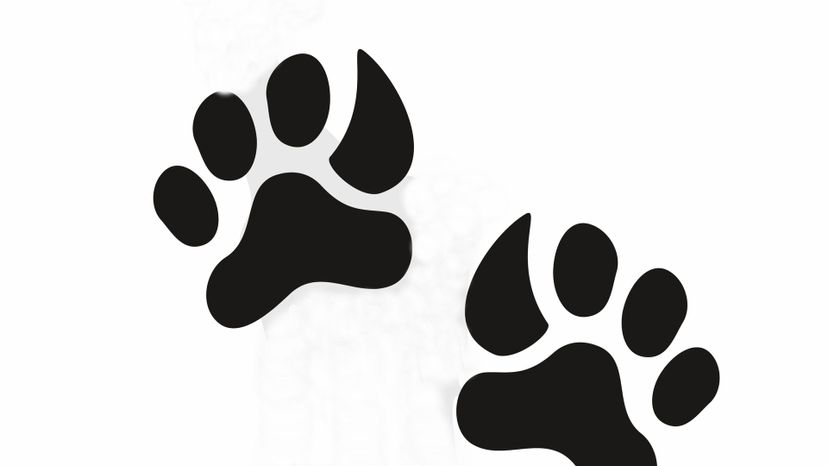
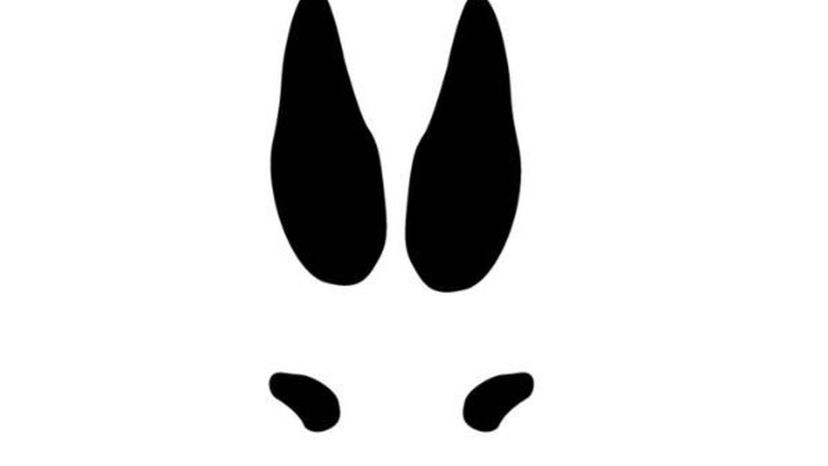
Advertisement